What is left handed Glock 19 holster? 🤔
It is a firearm holster specifically designed for individuals who prefer to carry their handgun on the left side of their body, typically for ease of access and draw with their left hand. This means that the holster will be designed to be worn on the right side of the body, with the gun grip facing forward for a natural left-handed draw. The holster may also have retention mechanisms to securely hold the firearm in place while allowing for a smooth draw when needed.
Features 📝
The features of a left-handed Glock 19 holster will be similar to those of holsters designed for right-handed users, with adjustments made to accommodate left-handed drawing and carry preferences. Here are some key ones:
❇️ Orientation: The holster is specifically designed to be worn on the right side of the body for left-handed individuals, allowing for a natural and comfortable draw with the left hand.
❇️ Retention: A good left-handed holster will have a reliable retention system to securely hold the Glock 19 in place. This retention can be adjustable to suit the user’s preferences while ensuring the firearm is not accidentally dislodged.
❇️ Holster Material: Holsters are typically made from materials like Kydex, leather, nylon, or hybrid combinations. The choice of material affects durability, comfort, and retention. Kydex is known for its rigidity and retention properties, while leather may provide a more classic appearance and comfort.
❇️ Carry Position: Left-handed holsters come in various carry positions, such as inside-the-waistband (IWB), outside-the-waistband (OWB), shoulder holsters, and appendix holsters. Choose the one that suits your carry style and comfort.
Benefits 💣
The benefits of using a left-handed Glock 19 holster primarily apply to individuals who are left-handed or prefer to carry their firearm on the left side of their body. Here are some advantages:
💥 The primary benefit is that it allows left-handed individuals to draw their Glock 19 more naturally and efficiently. The holster is designed to facilitate a smooth and quick draw with the left hand, reducing the time it takes to access the firearm in a self-defense situation.
💥 These holsters are specifically designed for left-handed users, ensuring a more comfortable and ergonomic fit on the right side of the body. This comfort can be especially important for individuals who may carry their firearm for extended periods.
💥 Using it reduces the risk of accidentally drawing the firearm with the non-dominant hand, which can happen when using a right-handed holster on the left side. This enhances overall safety when handling the firearm.
💥 For left-handed individuals who carry concealed, a such holster can help with better concealment and reduced printing. It allows for a more natural positioning of the firearm, making it easier to hide under clothing.
Difference between a right and left-hand holster 💡
The primary difference between a right-hand holster and a left-hand holster is the orientation and positioning of the holster to accommodate the user’s dominant hand. Here are the key distinctions between the two:
| ☑️ Holster Orientation: | 🧩 A right-hand holster is designed to be worn on the left side of the body (typically around the 3 to 5 o’clock position for inside-the-waistband holsters or outside-the-waistband holsters) for right-handed individuals. This positioning allows for a natural and efficient draw with the right hand.
🧩 A left-hand holster, on the other hand, is designed to be worn on the right side of the body (usually around the 7 to 9 o’clock position for inside-the-waistband or outside-the-waistband holsters) to facilitate a smooth and quick draw with the left hand for left-handed individuals. |
| ☑️ Holster Design: | Right-hand holsters and left-hand holsters have mirrored designs to accommodate the dominant hand. This means that the holster’s shape and orientation are adjusted to fit either the right or left side of the body while keeping the firearm accessible to the user’s dominant hand. |
| ☑️ Belt Attachment: | The attachment mechanism, such as belt clips or loops, on right-hand holsters, will be designed to fit on the opposite side of the belt compared to left-hand holsters. This ensures that the holster remains securely positioned for the user’s dominant hand. |
| ☑️ Cant and Ride Height: | Some holsters offer adjustable features like cant (the angle at which the holster is carried) and ride height (how high or low the holster sits on the belt). These adjustments are made to match the user’s dominant hand for ease of access and comfort. |
| ☑️ Retention Features: | While not exclusive to right or left-hand holsters, retention mechanisms (such as passive or active retention devices) are often designed to allow the firearm to be drawn smoothly by the dominant hand while maintaining security. |
| ☑️ Safety: | Using the appropriate hand orientation for your holster is essential for safety. It reduces the risk of fumbling or accidentally drawing the firearm with the non-dominant hand, which can be unsafe. |
| ☑️ Comfort and Concealment: | Holsters are designed to optimize comfort and concealment for the user. The correct hand orientation ensures a more natural fit on the body, making it easier to conceal the firearm and carry it comfortably. |
📌 It’s crucial for individuals to choose a holster that matches their dominant hand to ensure safe and effective use of their firearm. The choice between a right-hand or left-hand holster depends on the user’s handedness, comfort, and preferences. Using the correct holster orientation enhances firearm accessibility and safety for the user.
Best Left Handed Glock 19 Holster Reviews
1# Safariland Model 6285 SLS Low-Ride Level-II Duty Holster
The Safariland Model 6285 SLS Low-Ride Level-II Duty Glock Holster is the perfect solution for reliable protection during your everyday carry. Enjoy quick, easy access to your weapon with a fail-safe 1.5-inch belt drop and a self-locking system that draws lightning fast. Based on our experience the added comfort of the low-ride position gives you an ideal fit that doesn’t cause unnecessary constriction. This holster also comes with Level II Retention capability so you can rest easy knowing that takeaways are a thing of the past. Get ready to maximize efficiency and make rapid-fire look effortless with this multi-function holster from Safariland.
2# Safariland Model 6354 ALS DO Drop-Leg Glock Holster
For those looking for a safe and secure way to transport their Glock pistol, the Safariland Model 6354 ALS DO Drop-Leg Glock Holster offers a reliable and professional solution. Designed specifically for red dot sights, this holster is made from durable SafariLaminate material, complete with a Cordura nylon wrap that reduces infrared (IR) signature. The non-slip leg strap provides full mobility, while the mounted shroud provides secure attachment points for extra gear or accessories. The Automatic Locking System (ALS) engages when the weapon is holstered, ensuring maximum safety, whilst the open-top design features quick retrievability without an SLS. The snug fit of this holster makes it ideal for active individuals needing reliable protection in their daily lives.
3# BlackHawk T-Series L2C Compact Holster
BlackHawk T-Series L2C Compact Holster provides superior performance and security in any tactical situation. As our tests have shown featuring a streamlined, thumb-activated retention system that operates off of the patented Blackhawk Tactical drawing motion, this holster will keep your firearm ready when you need it most. Designed with a combination of reinforcement and sound-dampening technologies to help ensure optimum performance in all conditions, the T-series is built to last. An added measure of security includes the strap across the back of the firearm for extra peace of mind and protection. Invest in your security today with this compact holster – reliable performance no matter the situation.
4# BlackHawk Serpa Level 3 Auto Lock Duty Holster
The BlackHawk Serpa Level 3 Auto Lock Duty Holster is a reliable, top-of-the-line holster that’s built to last under even the toughest conditions. It offers unbeatable Level 3 retention for law enforcement personnel, firefighters, and military personnel in any situation. You can trust this holster to keep your firearm secure during long hours of wear or intense physical activity. The Serpa has an intuitively designed release system – just grab and draw in one smooth motion to unlock the retention latch safely and rapidly – no complicated sequences or weird motions here! With its incredibly tough yet lightweight construction and smooth interior finish, you’ll never have to worry about damage to your gun during safekeeping or snagging when you need it most. Keep your firearm protected during any mission with this holster!
5# Comp-Tac International Outside The Waistband Holster
When it comes to quality and reliability, you can trust the Comp-Tac International Outside The Waistband Handgun Holster. This durable holster is crafted from Kydex for sleekness and long-lasting use, making it perfect for competition shooting. On top of that, its features are unrivaled. Its lightweight, adjustable belt width from 1.5in to 2.25in, and low friction design provide users with an effortless draw and reliable one-handed reholstering capability in any situation. There are even three mounting options; belt mount, paddle mount, or drop-offset mount which provide flexibility for everyday use as well as concealed carry and duty applications. Take on the challenge with confidence knowing Comp-Tac’s renowned fit and finish will help keep you at the top of your game.
6# Сomp-Tac Paddle Outside The Waistband Holster
Ensure a safe and reliable performance during your next competition with the Comp-Tac Paddle Outside The Waistband Holster. Based on our own experience this holster is designed for both competitive field matches as well as regular carry purposes, meeting IDPA, USPSA, and IPSC standards. Its zero drag-and-lock design ensures a smooth and fast draw, giving you an advantage over your opponents. The low-friction surface makes reholstering easy and efficient. Constructed of a rigid Kydex material, this holster always maintains its shape even when your handgun is not stowed away. Thanks to two forward curving tabs that grip the bottom of your belt, the paddle holster provides stable positioning with every wear. Gain an edge in your next shooting match with this OWB holster.
7# Alien Gear Holsters ShapeShift Core Carry Pack
View on OpticsPlanet View on Amazon
The ShapeShift Core Carry Pack includes everything you need for four unique carrying styles, so you can conceal carry with confidence no matter how you dress or what the occasion. In just a few quick steps, quickly transform your holster from IWB to appendix carry, OWB belt slide, and OWB paddle. The included Holster Mount also allows you to attach your ShapeShift to different surfaces in seconds. A stainless steel core gives the holster much-needed support, while a soft CoolVent neoprene base ensures comfort. This holster offers a better carrying experience than other appendix carry holsters on the market because of its single mounting feature that improves concealability and its breathable neoprene backer. The all-new holster is the next evolution of outside-the-waistband carry, offering a customizable design that can be equipped with adjustable active retention, passive retention, or both.
8# Alien Gear Holsters ShapeShift Appendix Carry Holster
View on OpticsPlanet View on Amazon
You can finally have the security and comfort of your firearm all in one holster with the Alien Gear Holsters ShapeShift Appendix Carry Holster. This system is designed to provide a comfortable carry experience while also affording ample protection to your firearm. Our research has shown that crafted with a breathable perforated neoprene base, this holster conforms to your body due to its single mounting point, allowing for unparalleled comfortable carrying capabilities. It also comes with an optional thumb release that ensures only you will be able to access this pistol when necessary, allowing lightning-fast draws should the need ever arise. Don’t miss out on this amazing holstering solution and get your very own appendix carry holster today!
9# Gould & Goodrich Three-Slot Pancake Concealment Holster
View on OpticsPlanet View on Amazon
The Gould & Goodrich Three-Slot Pancake Concealment Holster is the ideal choice for concealed carry of your favorite handguns. Crafted from the finest leather and made with dedicated skill and attention to detail, this concealment holster is designed to provide comfort and reliable protection. Its deep-definition molding and superior quality provide a comfortable fit while its 1-3/4 inch belt slot offers secure fitting and dependable retention. The optional tilt option adds extra versatility – wear it tilted or straight up. Gold Line, the finest genuine leather holsters in the world, completes this fine product. Invest in superior craftsmanship – choose Gould & Goodrich today!
10# Galco Kingtuk IWB Holster
Searching for a discreet way to keep your handgun secure and accessible? The Galco IWB KingTuk Pistol Holster is the perfect choice. Featuring hybrid Kydex/premium steer hide construction, this holster provides superior comfort with its premium center-cut steer hide lining. Our findings show that this holster also allows you to blend into a crowd thanks to its tuckable design and attached UniClips or Ultimate Stealth clips. Galco has also thought of your pistol’s protection with a raised sweat guard that not only keeps it safe but also shields the wearer from chafing caused by friction. Finally, a Kydex pocket makes drawing and holstering fast and easy. With this holster, you can have peace of mind knowing that you’re well-protected in any situation.
11# Bianchi 82 CarryLok Auto Retention Belt Slide Holster
View on OpticsPlanet View on Amazon
With the Bianchi 82 CarryLok Auto Retention Belt Slide Holster, you get the best of both worlds with an open-top design and secure internal retention. Drawing is fast and easy thanks to its middle finger release lever that allows pistols to be drawn in an upward movement with just a sweep of your middle finger. On top of being fast, this holster also provides great concealability for its users as it has dual belt slots that pull the gun close to your body. The 16° forward carrying angle ensures comfort and draw speed, while its open muzzle and stay-open design enable efficient one-handed holstering. This holster is compatible with belted items spanning up to 1.75″ (45mm) widths and is ideal for those who want a reliable holster that offers speed and security for quick drawing action without compromising on comfort or usability.
12# DeSantis Thumb Break Mini Slide Leather Belt Holster
View on OpticsPlanet View on Amazon
Do you need a concealed carry holster with superior performance? Notice the DeSantis Thumb Break Mini Slide Leather Belt Holster! This premium leather belt holster offers superior protection and performance, allowing you to always be prepared. Its ultra-low profile design ensures easy access to your pistol, while its automatic retention mechanism guarantees security. Based on our observations it’s crafted with highly detailed precision – allowing you to carry your gun all day without getting in the way. And with its tough and rugged construction, you can rest assured that this holster will keep up in any condition. Invest in superior quality when you purchase this professional-grade holster from DeSantis – you won’t be disappointed!
How to choose the right one? 🧐
Choosing the right holster is a critical decision for firearm owners. The ideal holster ensures safe and efficient carrying of your firearm while accommodating your needs and preferences. Here’s a comprehensive guide on how to choose the right holster:
| 1️⃣ Determine Your Purpose: Consider why you need a holster. Are you carrying for self-defense, concealed carry, competition shooting, or open carry? Your purpose will influence the type of holster you need. |
| 2️⃣ Know Your Firearm: Understand your firearm’s make and model, including its dimensions, size, and any specific features. Different guns may require different holsters. |
| 3️⃣ Consider Your Dominant Hand: Are you right-handed or left-handed? Choose a holster designed for your dominant hand to facilitate a natural draw. |
| 4️⃣ Carry Location: Decide where on your body you want to carry your firearm. Common positions include appendix (front), strong-side (3 to 5 o’clock for right-handed users), small of the back, and shoulder. Choose a holster style that matches your intended carry location. |
5️⃣ Holster Type:
|
| 6️⃣ Material: Holsters are made from various materials, such as Kydex, leather, nylon, or hybrids. Consider factors like durability, comfort, and retention when choosing a material. |
| 7️⃣ Retention Level: Holsters may have different retention levels, from passive retention (friction-based) to active retention (using mechanisms like thumb breaks or retention buttons). Choose a retention level that provides the right balance of security and accessibility for your needs. |
| 8️⃣ Concealment: If you plan to carry concealed, prioritize holsters designed for concealment to minimize printing (gun outline visible through clothing). |
| 9️⃣ Draw Speed: Practice drawing from your chosen holster to ensure it allows for a smooth and quick draw when needed while maintaining safety. |
| 🔟 Try Before You Buy: If possible, try different holsters at a reputable firearm store or range to see which one feels the most comfortable and suits your needs. |
👍 Remember that the right holster is a personal choice, and what works best for one person may not work for another. Prioritize safety and comfort when making your selection, and don’t hesitate to seek advice from experts or experienced firearm owners.
FAQ 😀
Conclusion 🙂
Now that you have read our left-handed Glock 19 holster buyer’s guide, you should have a good understanding of which holster is the best for you. We have provided product reviews and useful tips to help make your decision easier. Make sure to consider all of your needs before making a purchase, as choosing the wrong holster can be dangerous and uncomfortable. Good luck and thanks for reading! 🤠👍
Affiliate Disclosure: Rotorm.com sometimes gets paid for listings, through sponsors or affiliate programs like Amazon, Optics Planet, Lucky Gunner, Brownells, Cabelas, Rainier Arms, 5.11 Tactical, Bass Pro Shop, etс. Clicking a link helps keep Rotorm.com free, at no extra cost to you!
About the author: Each article on our site is written by experts in survival and tactical equipment, gun enthusiasts, extreme travelers, military, law enforcement and desperate professionals, read about the author at the bottom of the article or visit "About Us" page.
Note: The views and opinions expressed in this article are those of the authors and do not necessarily reflect the official policy or position of any agency.

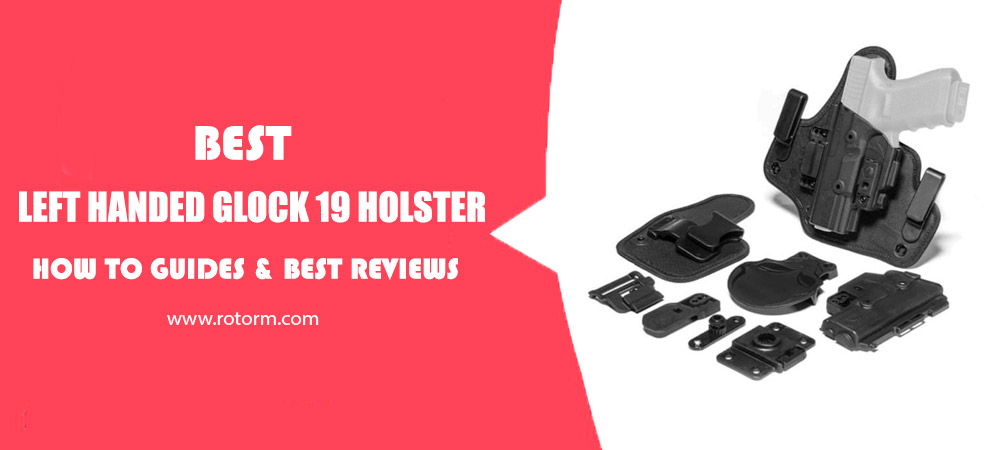
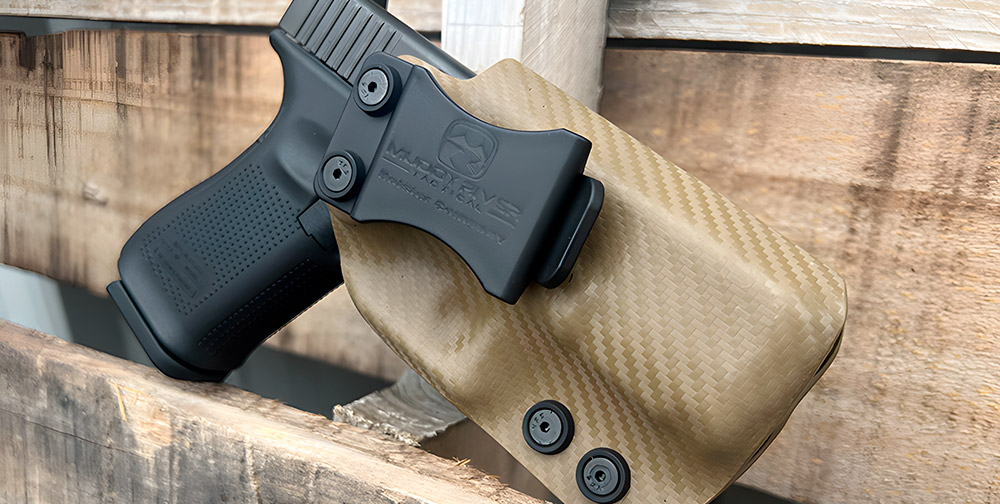
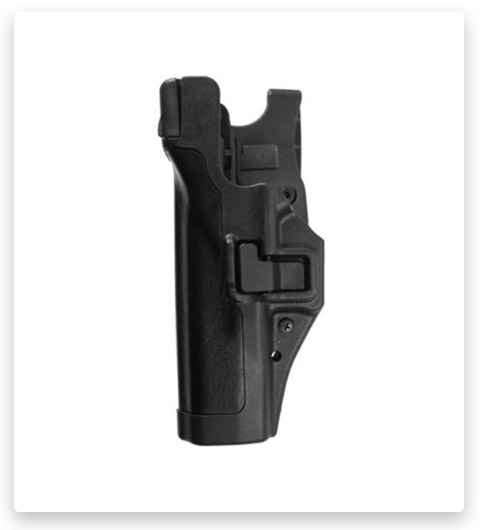
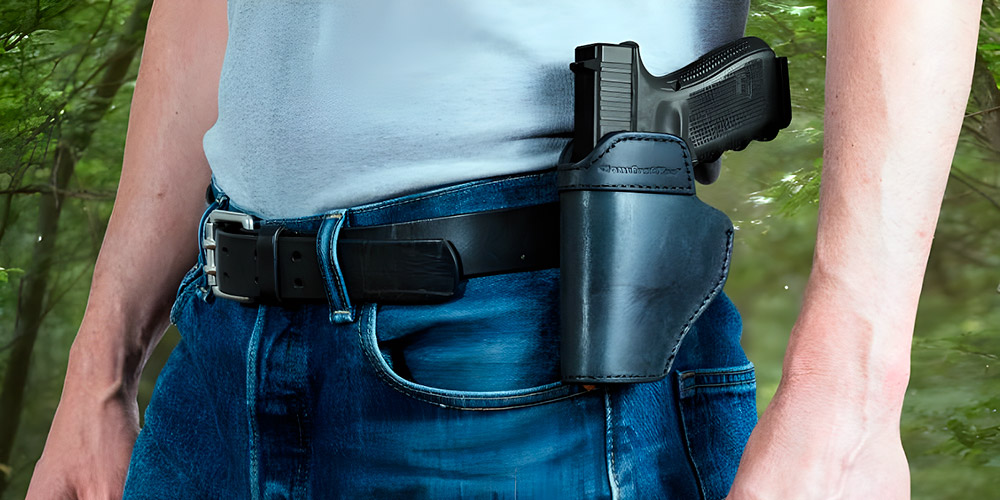
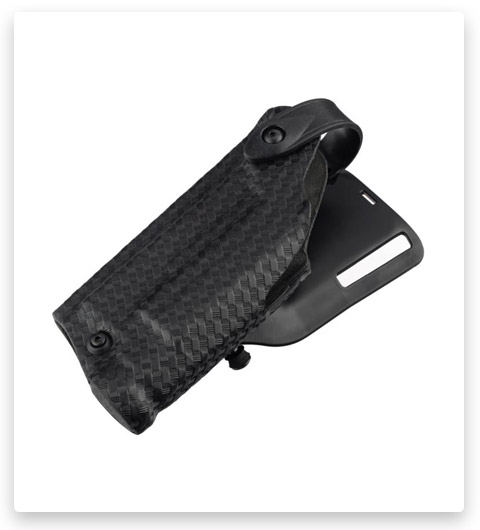
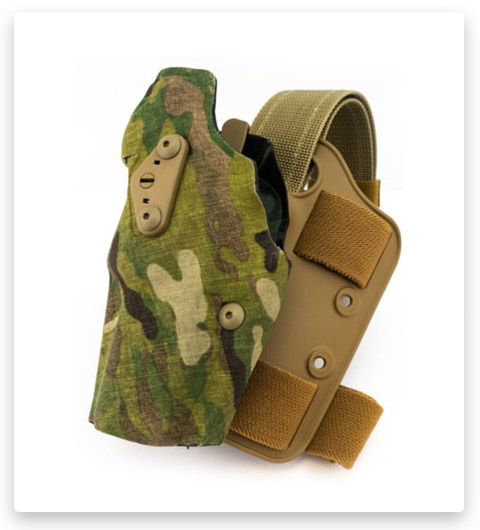
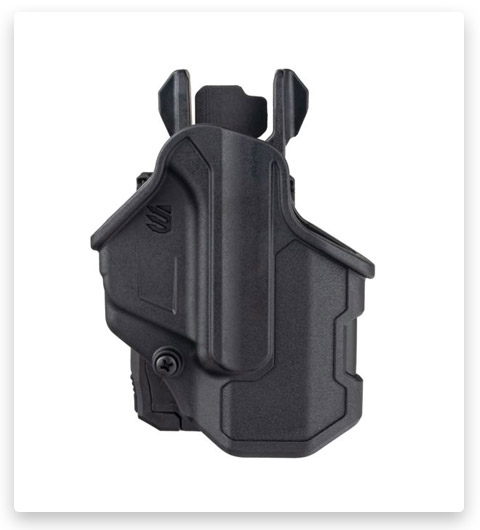
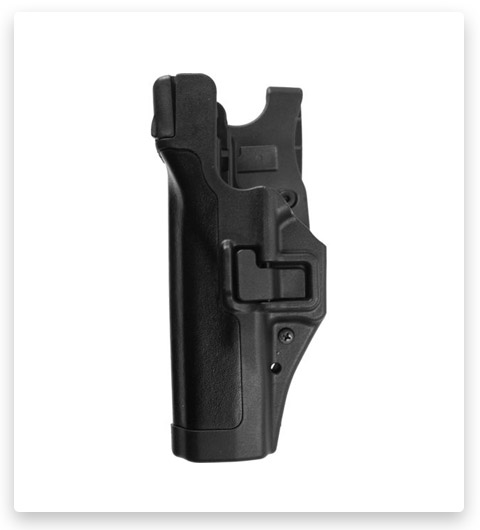
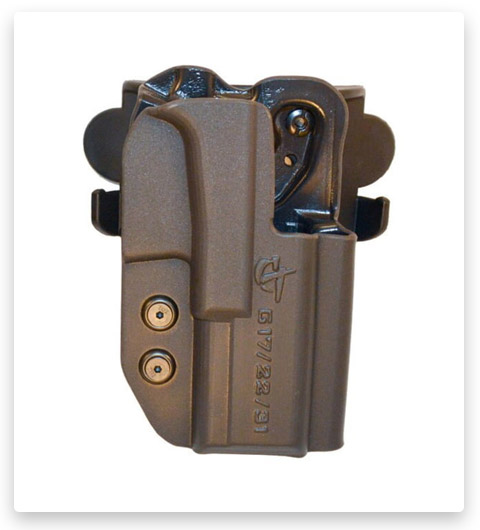
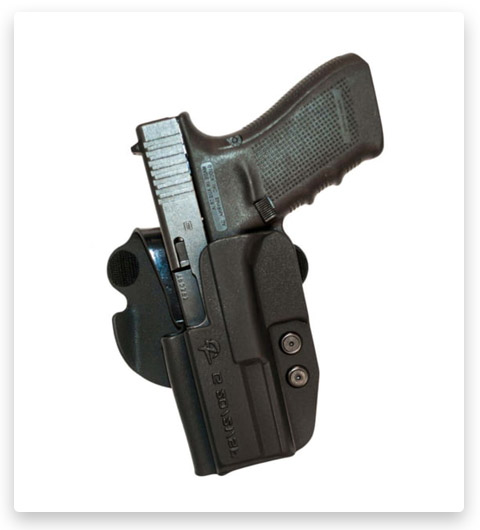
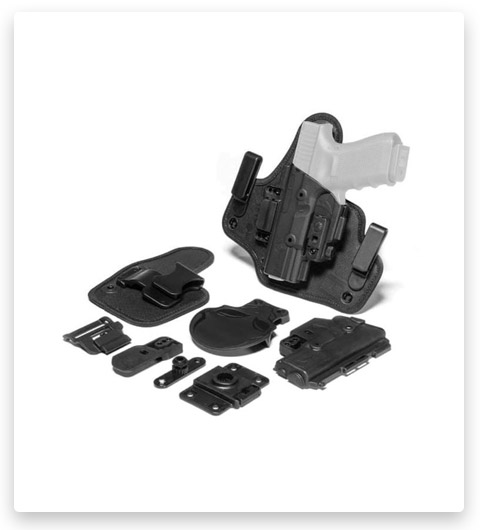
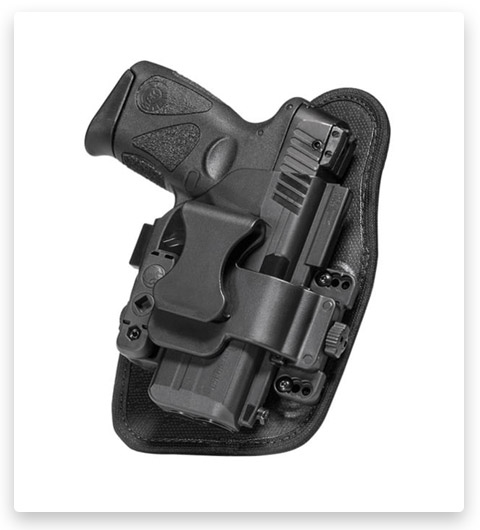
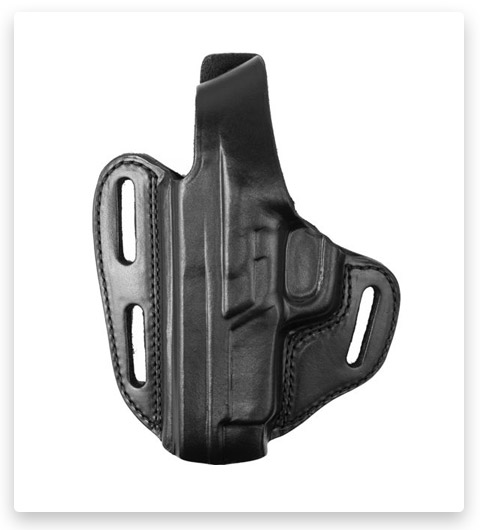
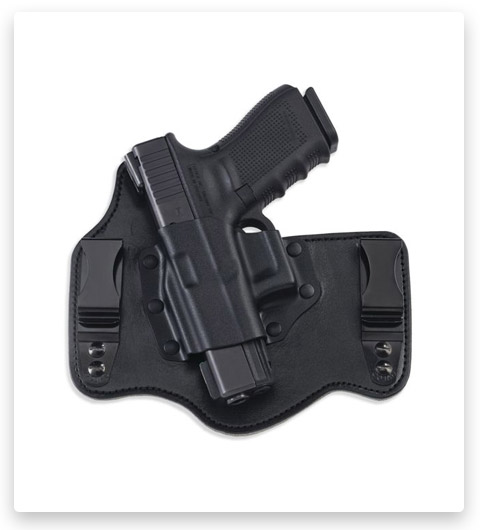
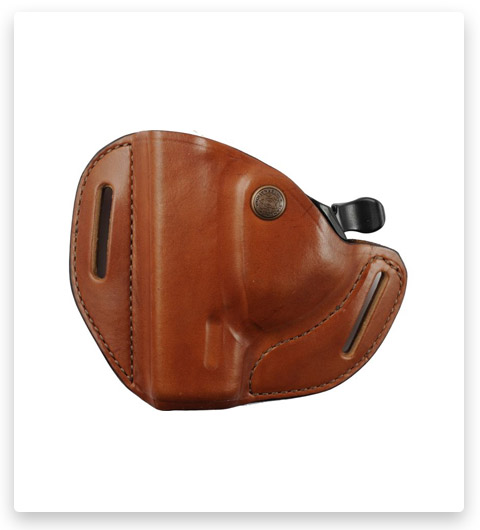
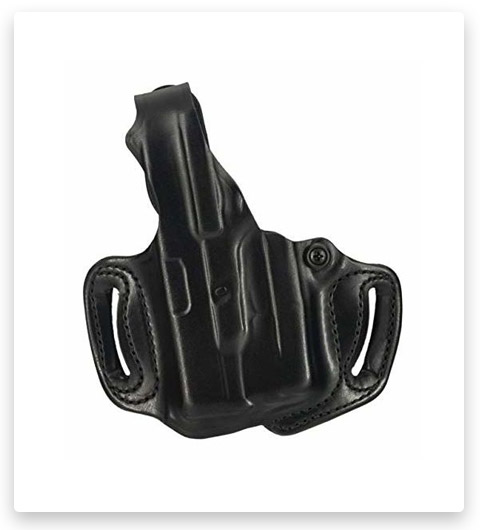
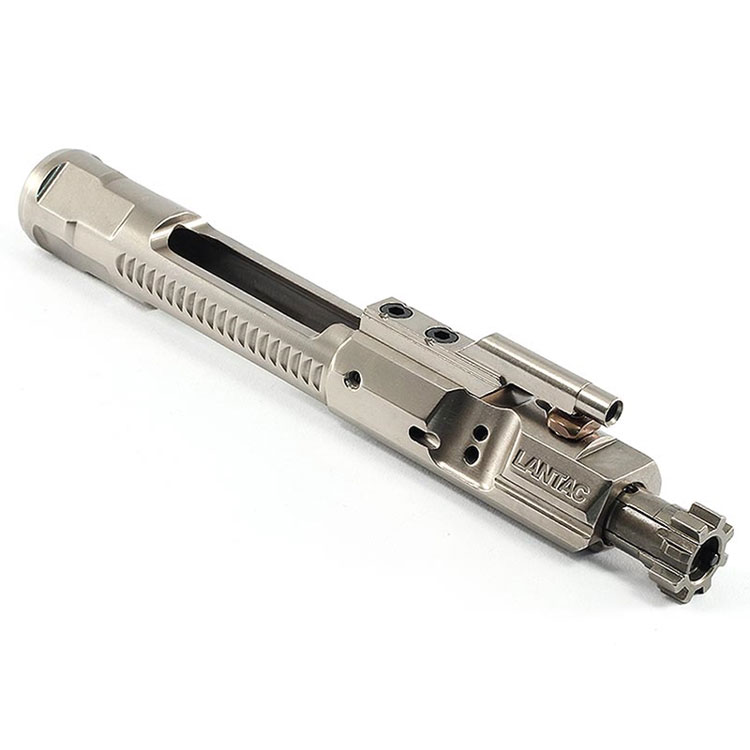
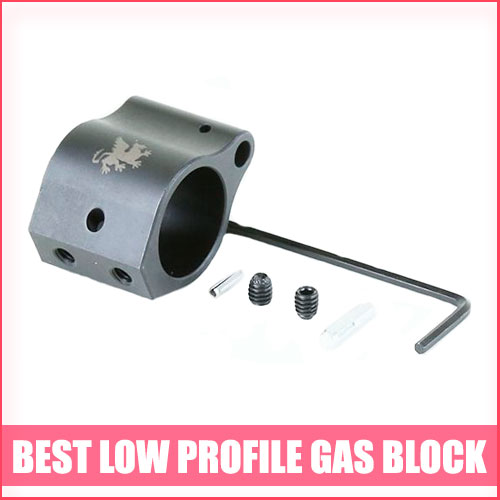
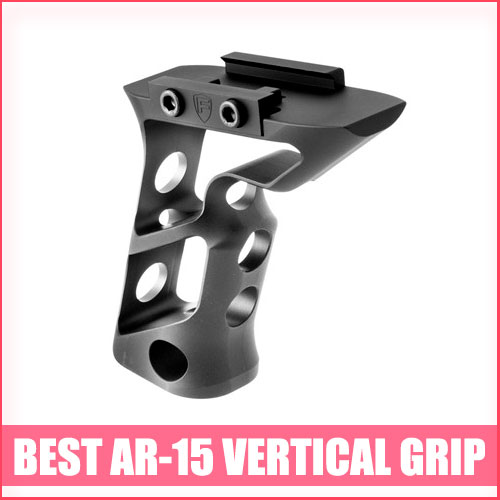
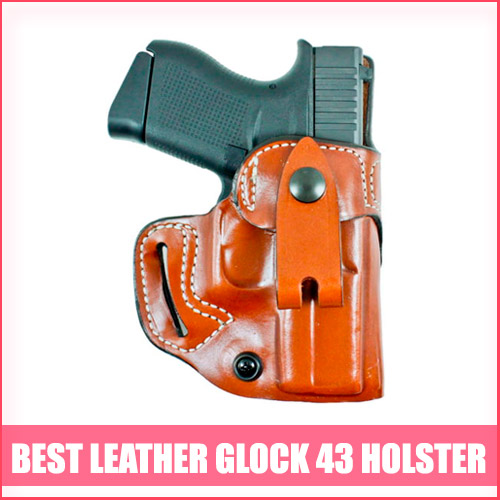
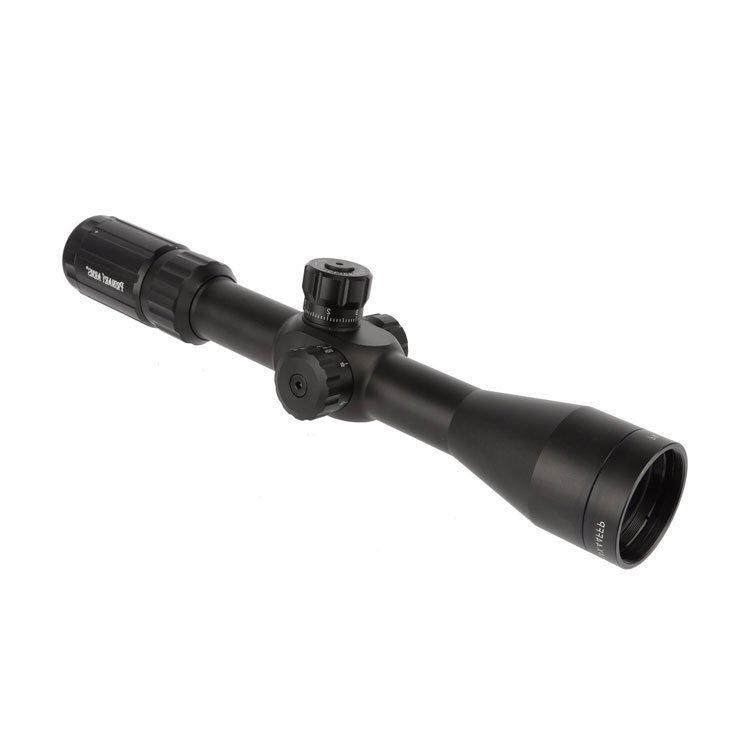
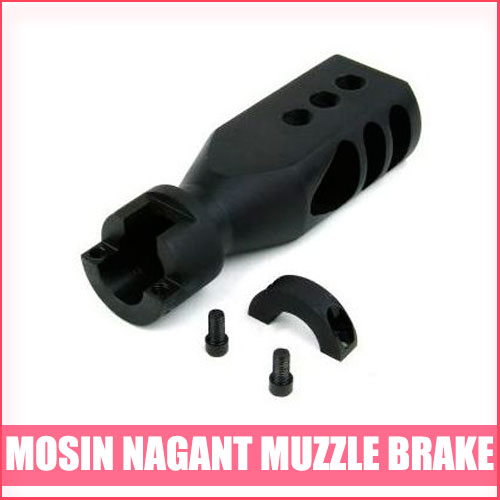
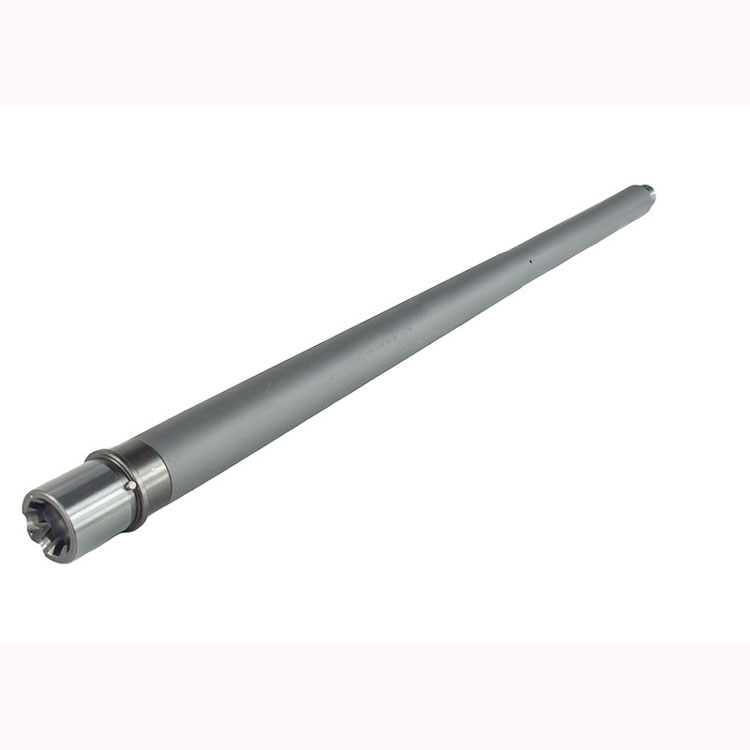
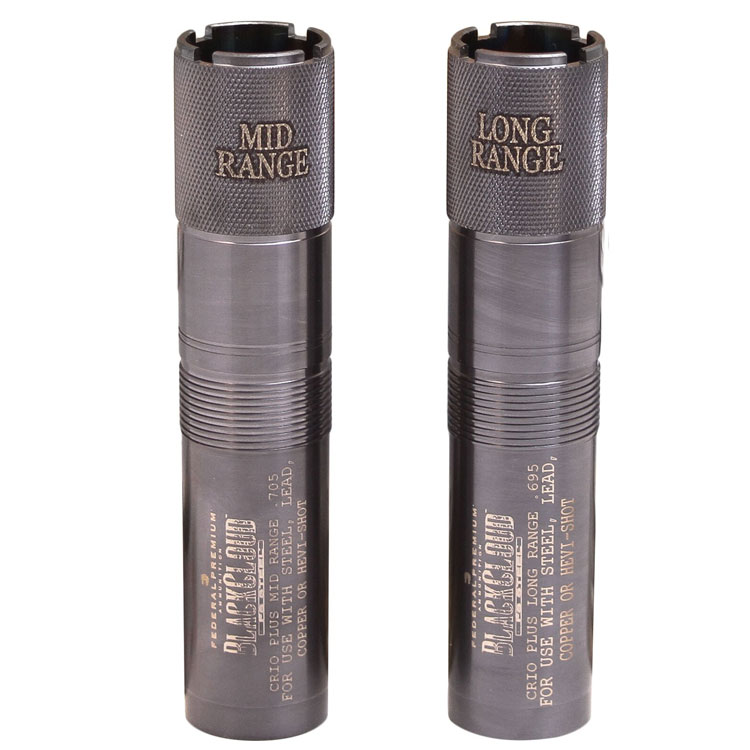
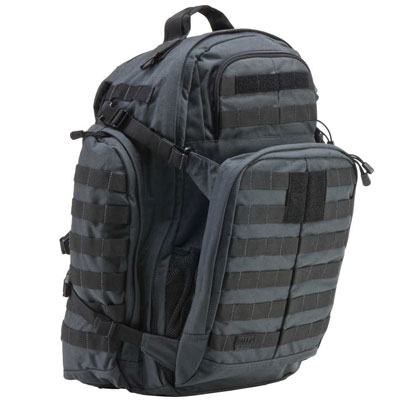
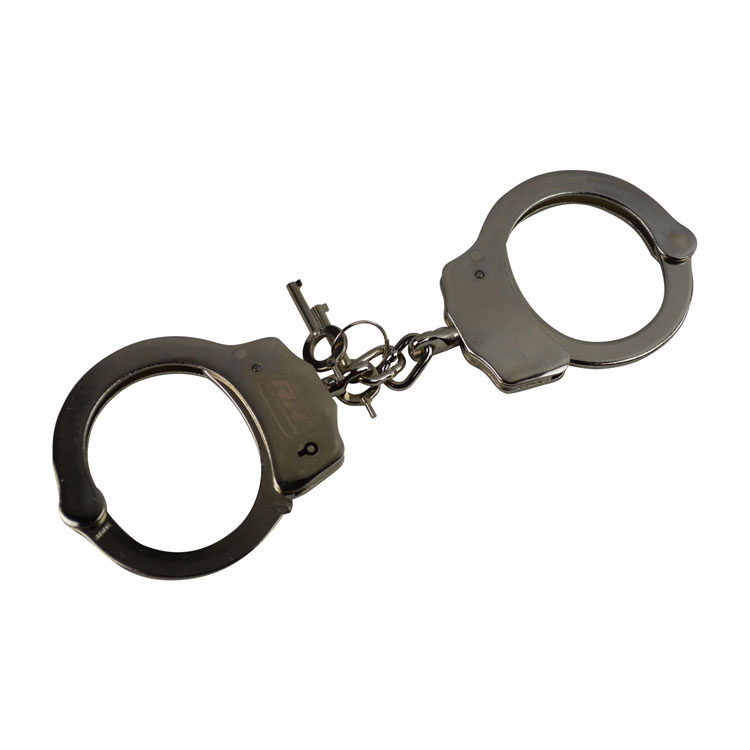
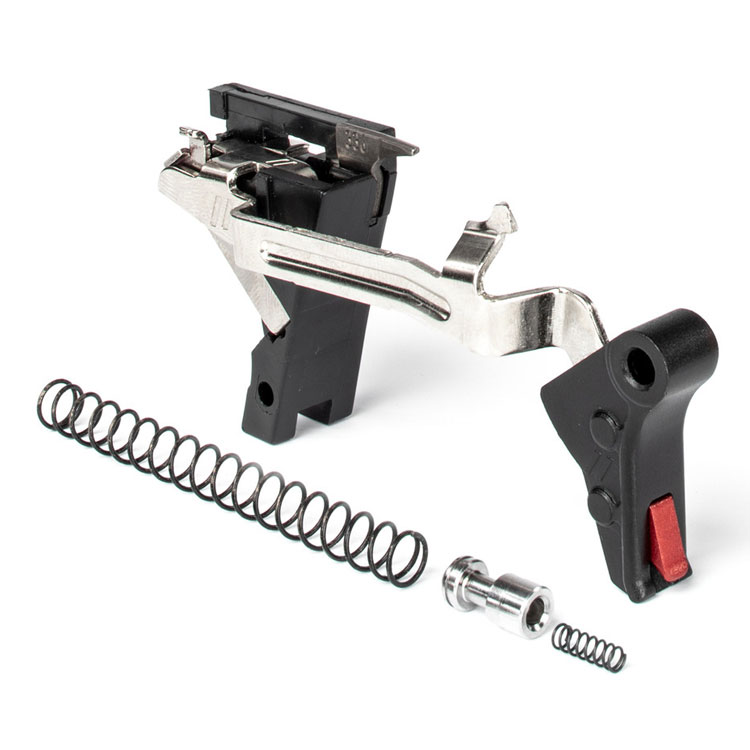
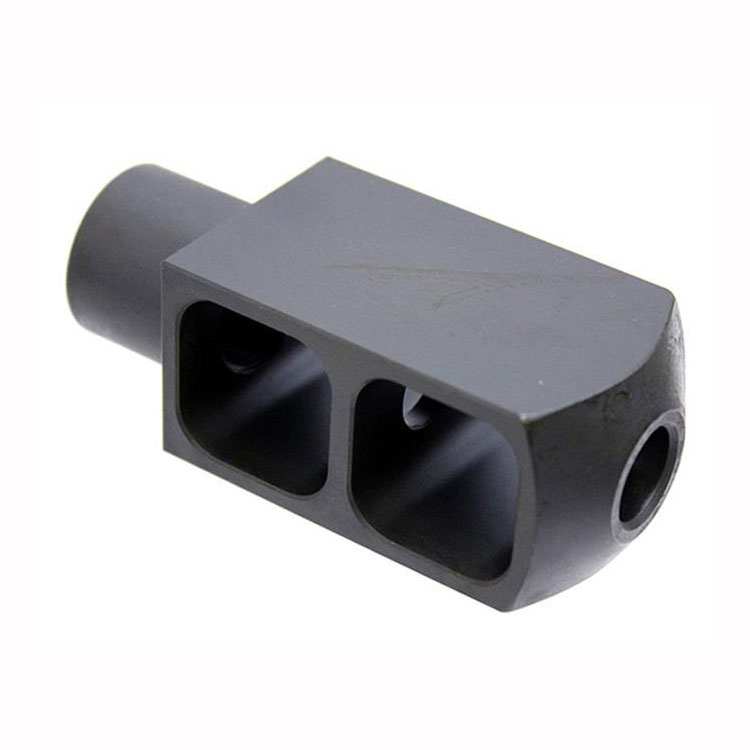
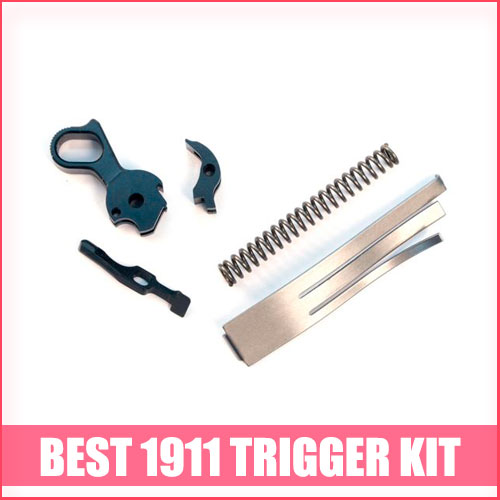
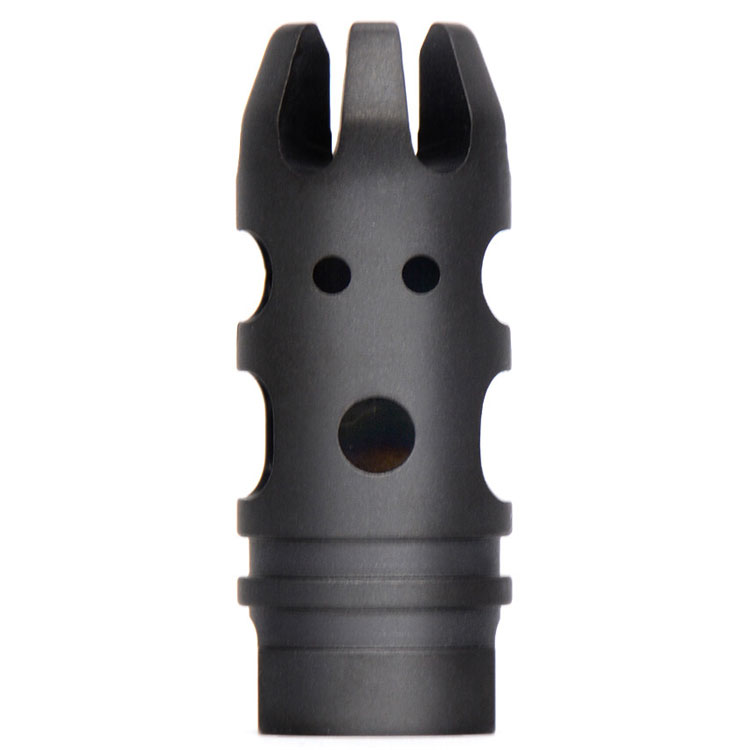
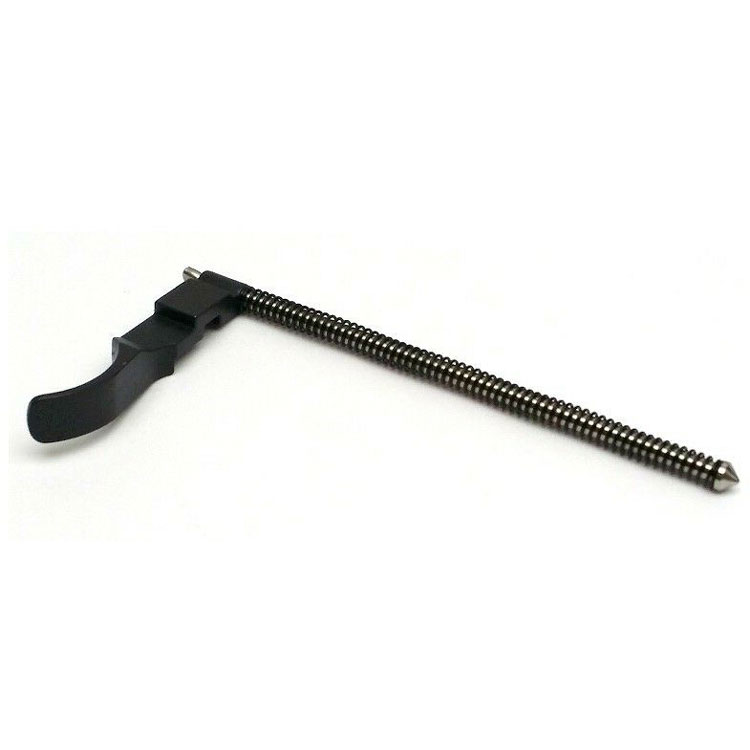
I’ve been using a Glock 19 Gen 5 for a while now, and I’m in need of an IWB (Inside-the-Waistband) holster designed for left-handed carry. Specifically, I’m looking for a holster that can be worn on my left hip or in the lumbar region.
I currently use a Galco Kingtuk IWB Holster for my Glock 19. I’ve found that it fits perfectly and offers surprisingly effective concealment. I typically carry it on my left hip for comfort and accessibility.
I prefer to use Alien Gear Holsters ShapeShift Appendix Carry Holster for my Glock 19. I find this brand to be excellent choice. Maybe this holster is fit for your needs!
I’m a skinny guy, standing at 5’7″ and weighing 135 pounds. I own a Glock 19 and live in California, where obtaining a CCW permit is exceptionally challenging. However, I do have an Arizona CCW permit, which grants me reciprocity in 33 other states. I’m planning a trip to Alabama later this month and intend to carry concealed there. I’m seeking recommendations on a holster and carry position.
💡 The best holster position for a skinny individual who is left-handed and carries a Glock 19 can vary based on personal comfort and concealment preferences. However, a common and effective carry position for many individuals in this category is the appendix carry (AIWB). Here’s why:
☑️ Concealment: AIWB offers excellent concealment as it positions the firearm in front of the body, making it easier to hide under clothing, especially for individuals with a slimmer frame.
☑️ Access: This position provides quick and natural access to your firearm with your left hand. It’s generally considered one of the fastest draw positions.
☑️ Comfort: With the right holster and clothing choices, AIWB can be comfortable, even for skinny individuals, as it keeps the firearm close to the body’s centerline and doesn’t interfere with the hip bone.
☑️ Minimal Printing: AIWB typically results in minimal printing (the outline of the gun through clothing), especially when you wear shirts that are slightly looser or have patterns to break up the gun’s profile.
☑️ Retention: The AIWB position allows for good retention of the firearm, as it’s positioned where you can naturally protect it with your non-dominant hand if necessary.
📌 It’s important to choose a high-quality AIWB holster that provides good retention, trigger guard coverage, and comfort. For example, Alien Gear Holsters ShapeShift Core Carry Pack or Alien Gear Holsters ShapeShift Appendix Carry Holster.
I stand at 5’10” and weigh 145 pounds, and my everyday carry is a Glock 19. I’ve found great satisfaction with the Galco Kingtuk IWB Holster, which I wear at the 5 o’clock position. It provides exceptional comfort and discreetness. I’ve experimented with several holsters, but ultimately, I settled on this one, and I highly recommend it. It’s a reliable choice for concealed carry.
I opt for carrying it at 4 o’clock using a Kydex pancake-style holster, either with or without a light, in an OWB (Outside-the-Waistband) configuration. This setup allows me to conceal it effectively, even under a T-shirt that’s a size larger than my usual wear. I can reccomend a Сomp-Tac Paddle Outside The Waistband Holster.
I’m looking for a high-qiality holster recommendations for a Glock 19. If you have any suggestions, I’d greatly appreciate your input.
The Safariland Model 6285 SLS Low-Ride Level-II Duty Holster is my choice. One notable advantage of this holster is its extra length, which enhances comfort and helps distribute the gun’s weight below the belt line. This feature prevents the gun from tipping over above the belt, minimizing printing issues.
As a left-handed shooter considering a holster for concealed carry (CCW), I’ve come across a suggestion from a gun store owner. He mentioned that he, as a left-handed shooter, uses a right-handed holster for CCW, finding it more comfortable for his draw. I’m interested in hearing other left-handed shooters’ opinions and thoughts on this practice.
I own a BlackHawk T-Series L2C Compact Holster designed for left-handed use. In the past, I’ve also used Comp-Tac International Outside The Waistband Holster that I still use when I’m on my farm.
As a left-handed shooter, I prefer using left-hand holsters. Right now, I’m using a Bianchi 82 CarryLok Auto Retention Belt Slide Holster, and I’m also looking forward to receiving my Alien Gear Holsters ShapeShift Appendix Carry Holster, which should be shipping out to me this week.